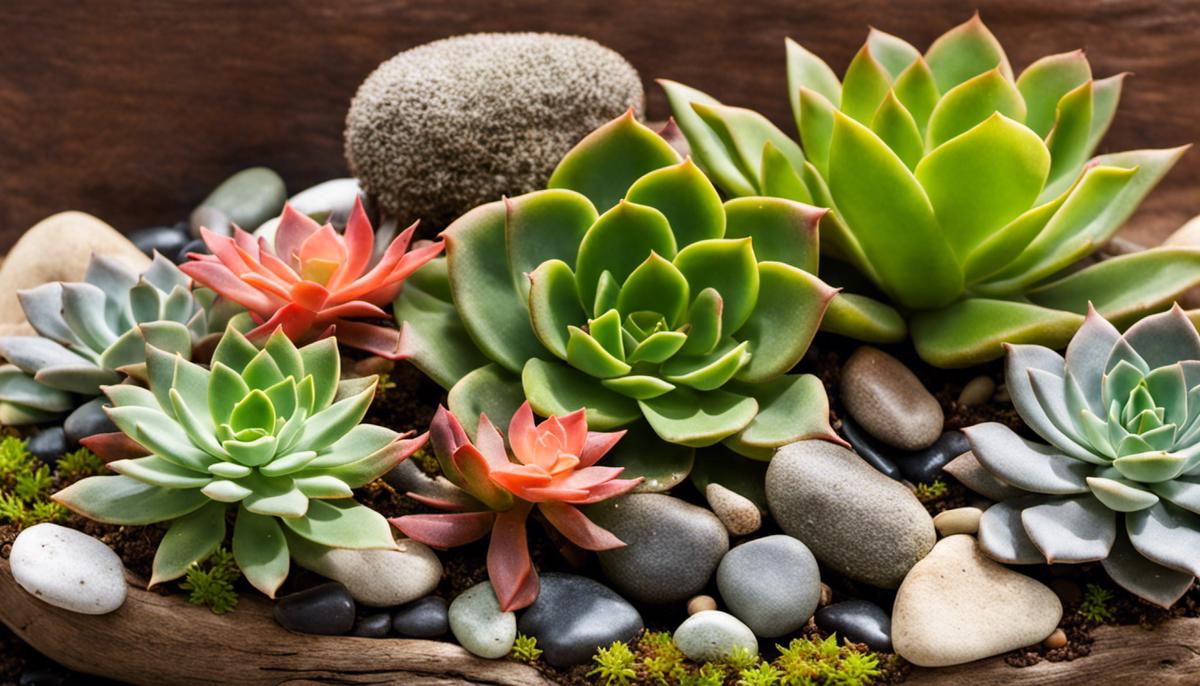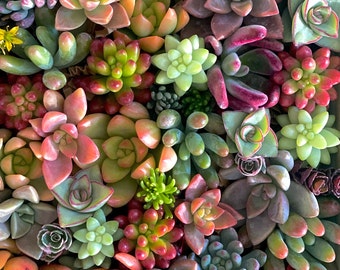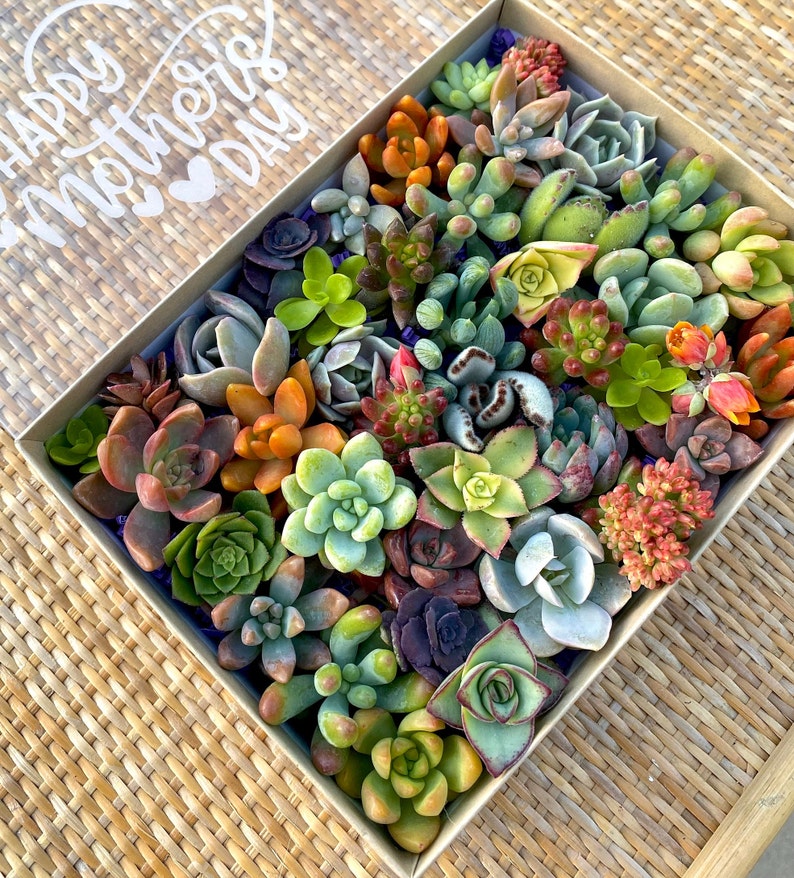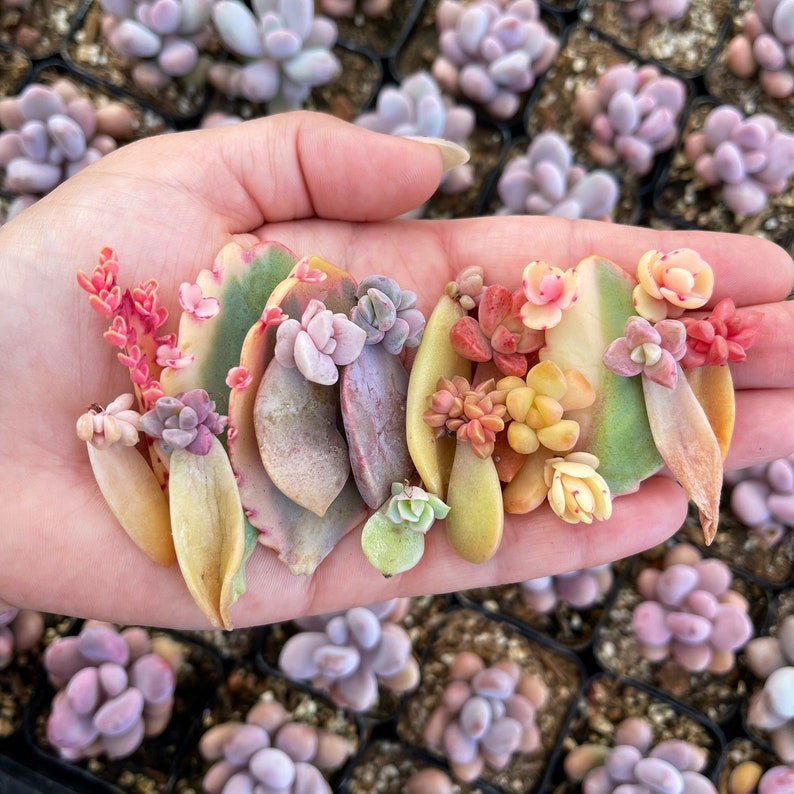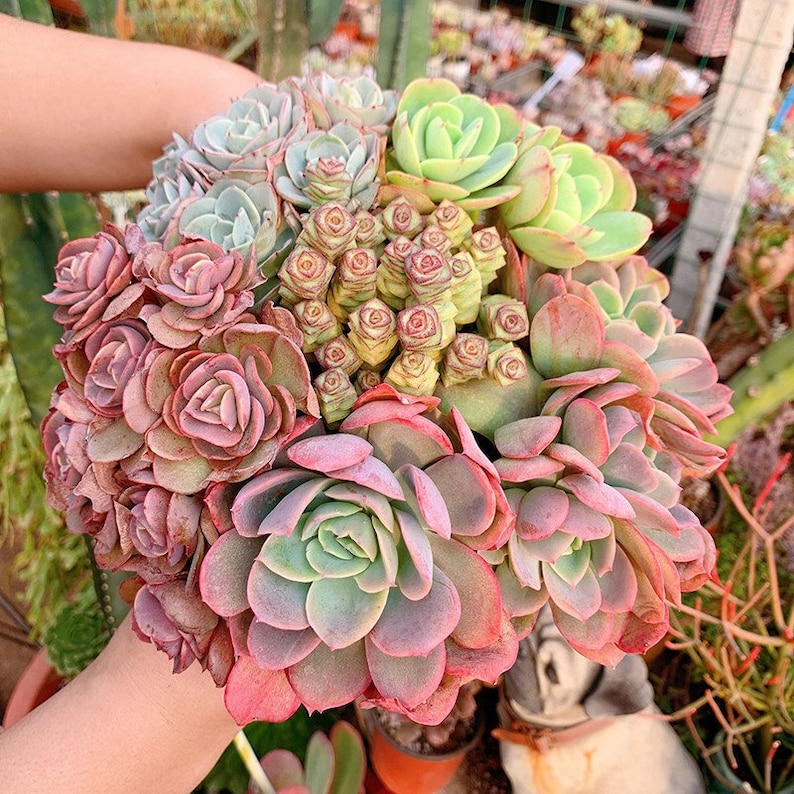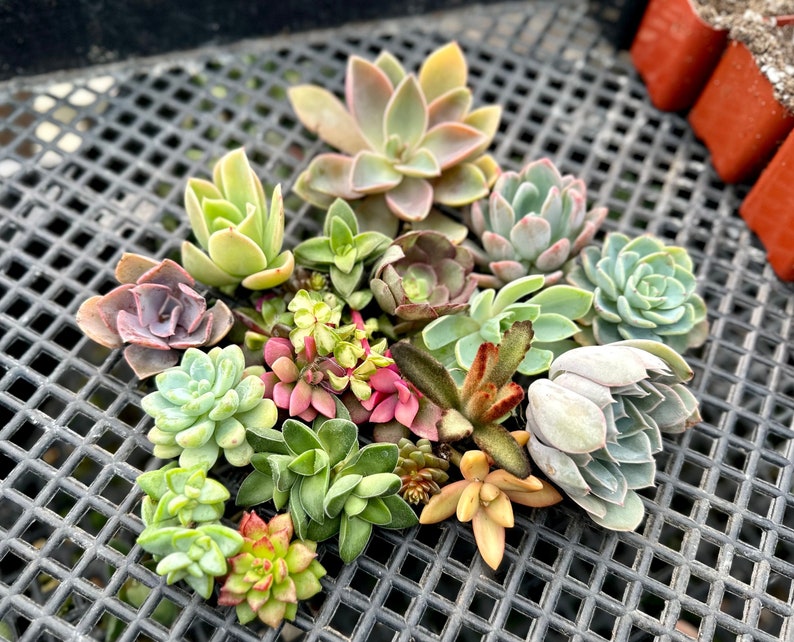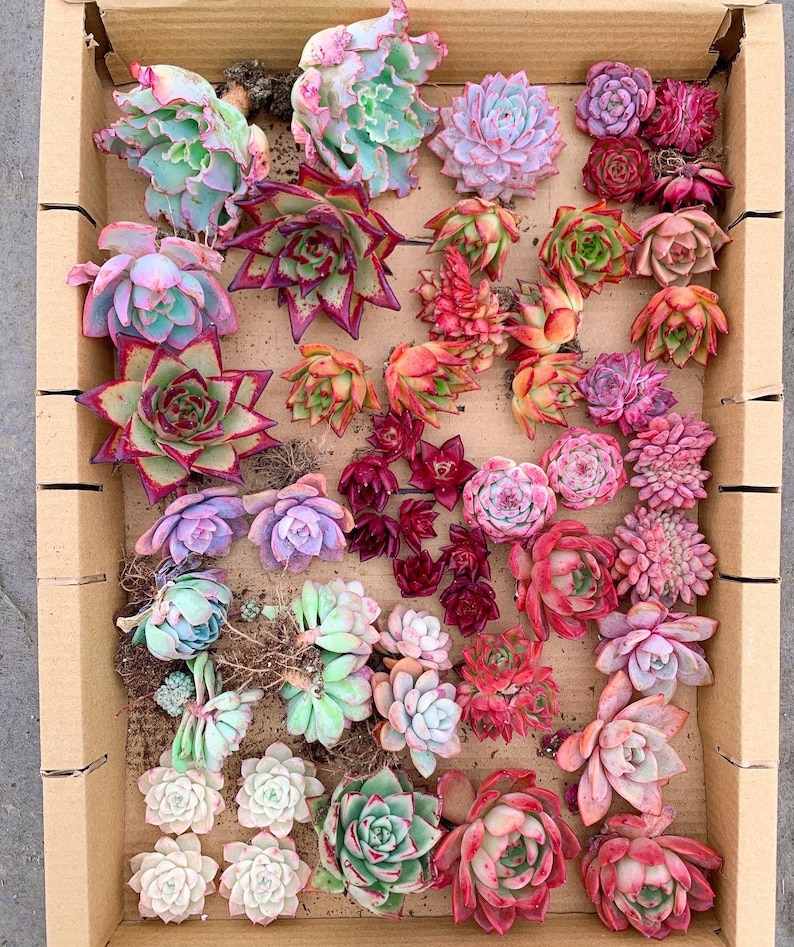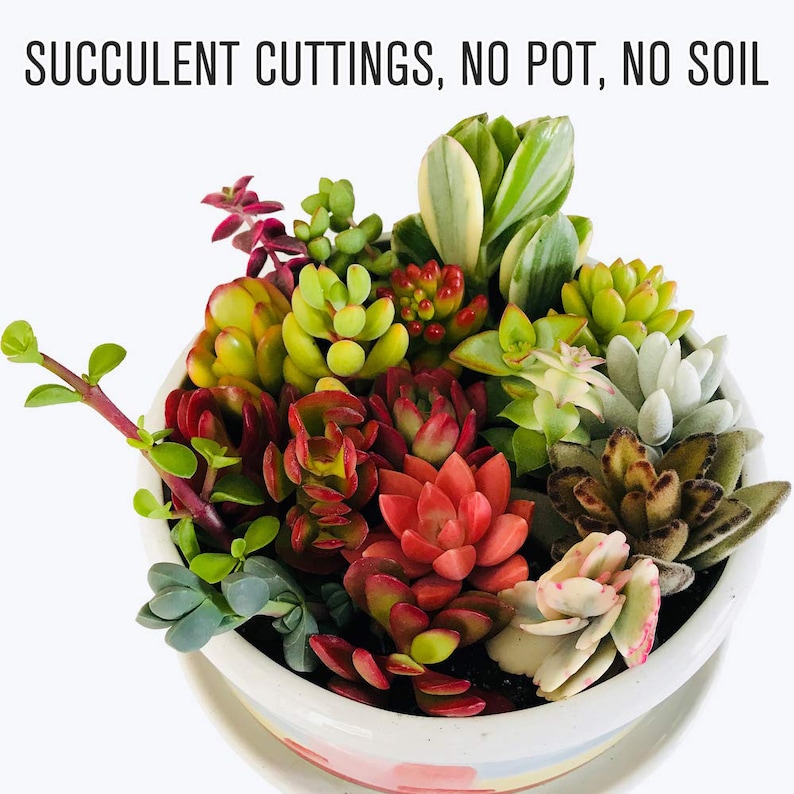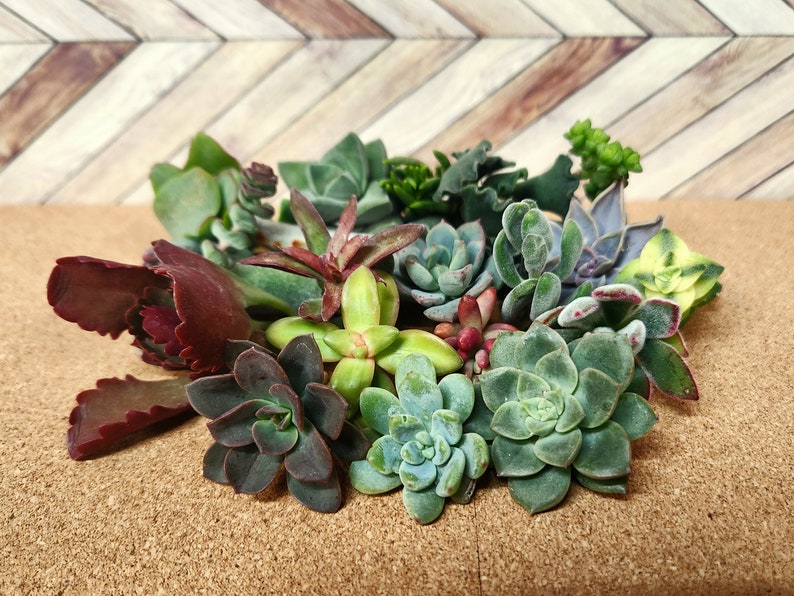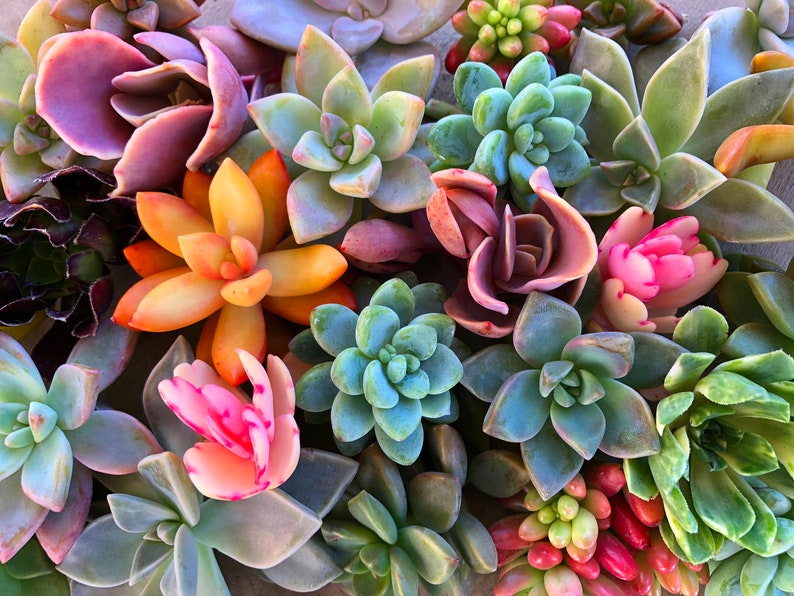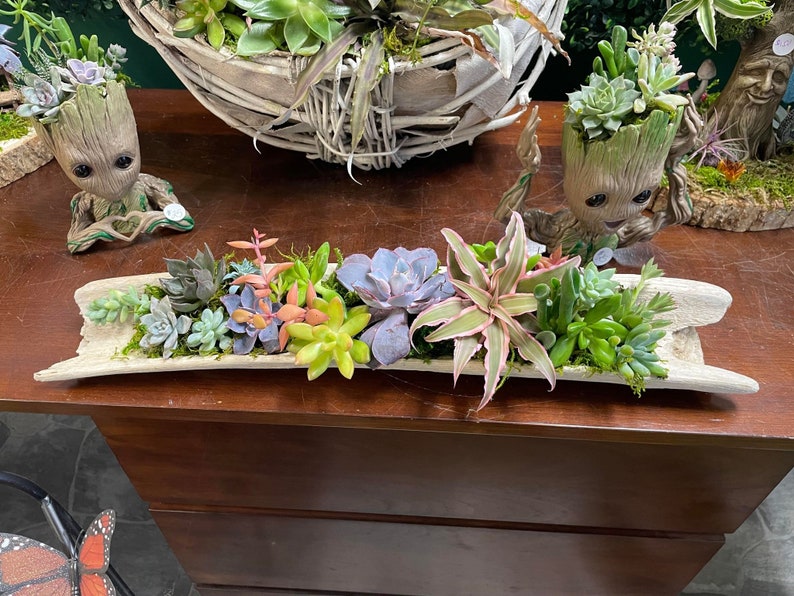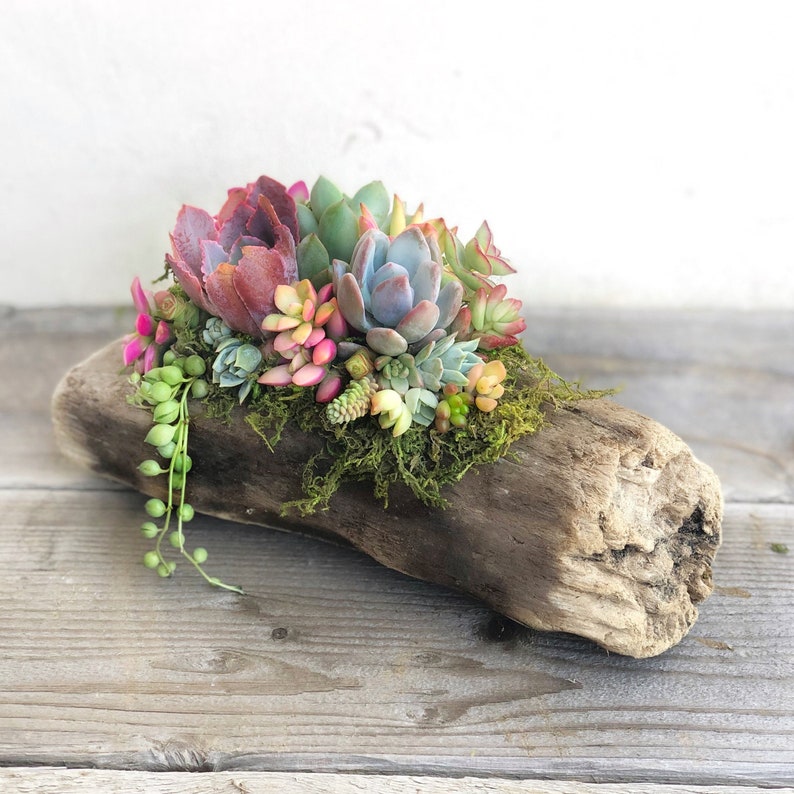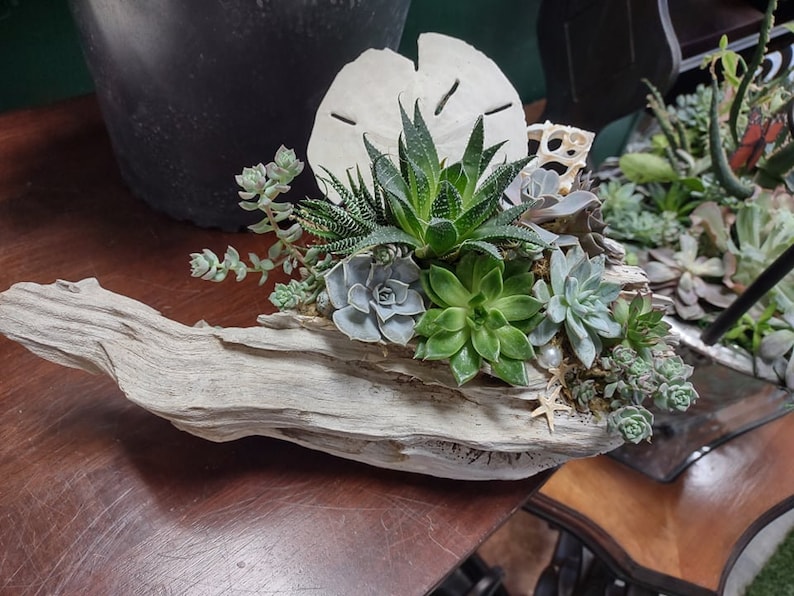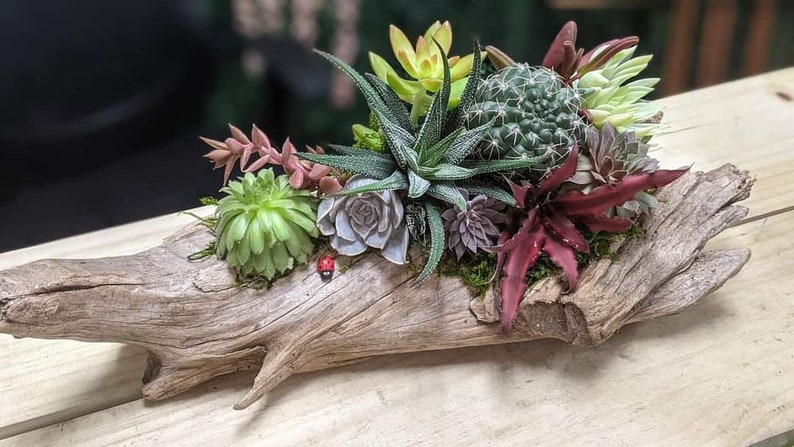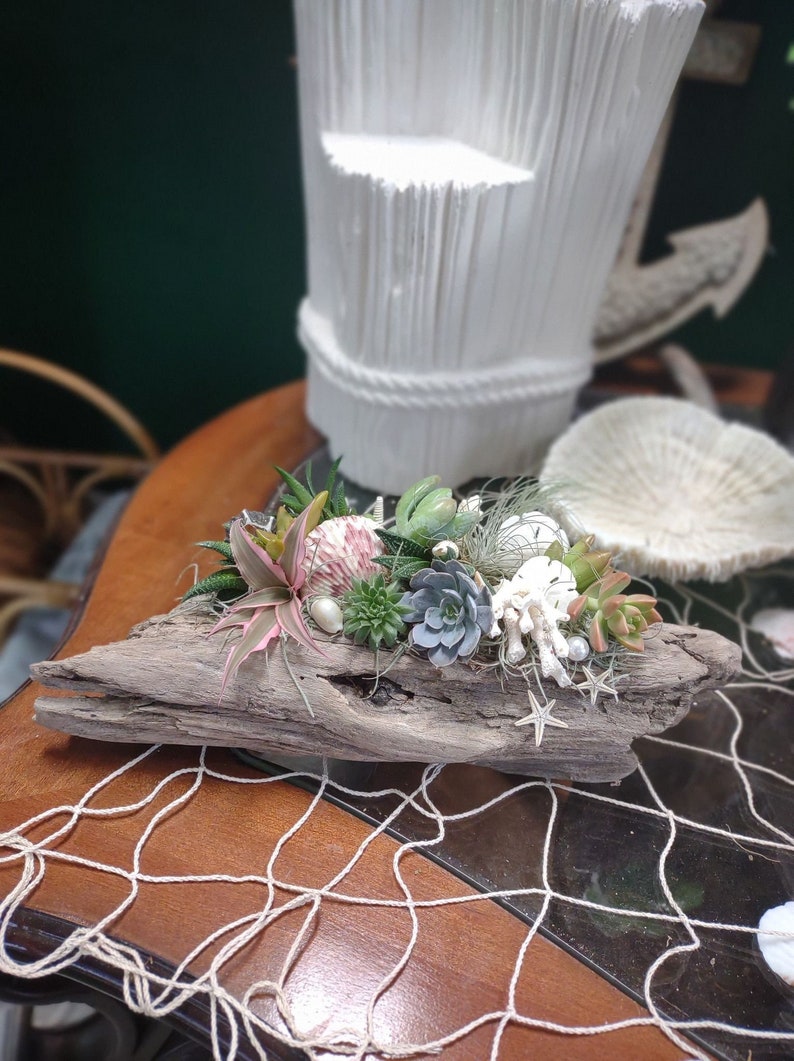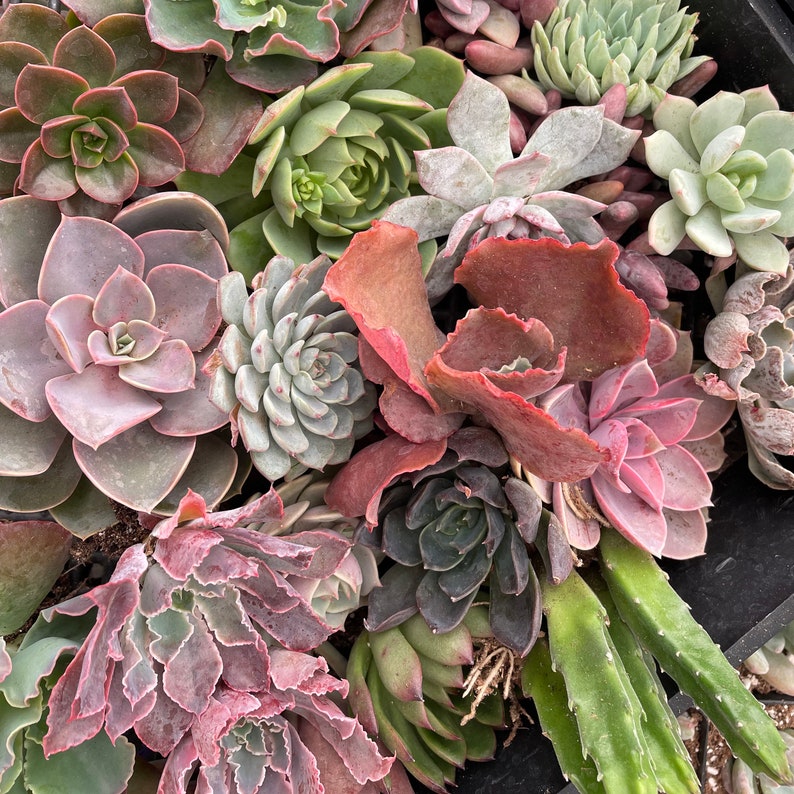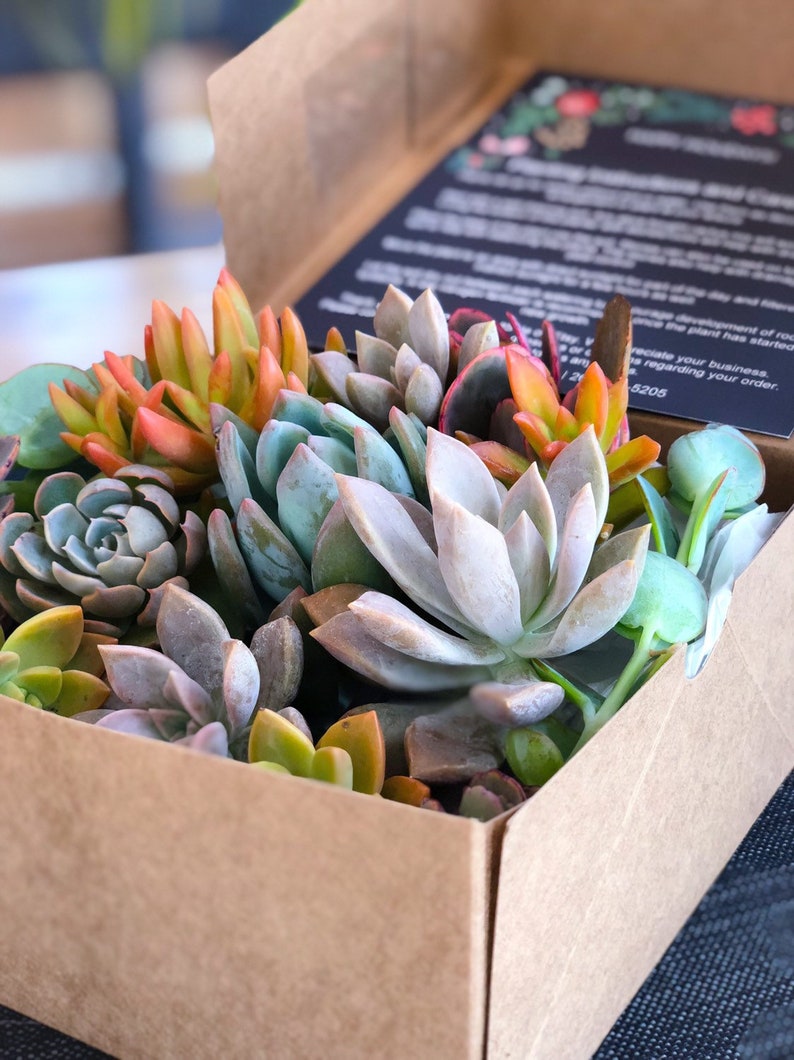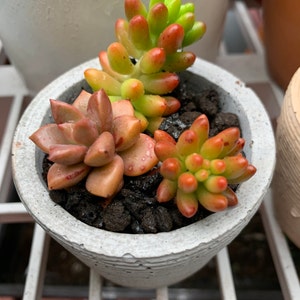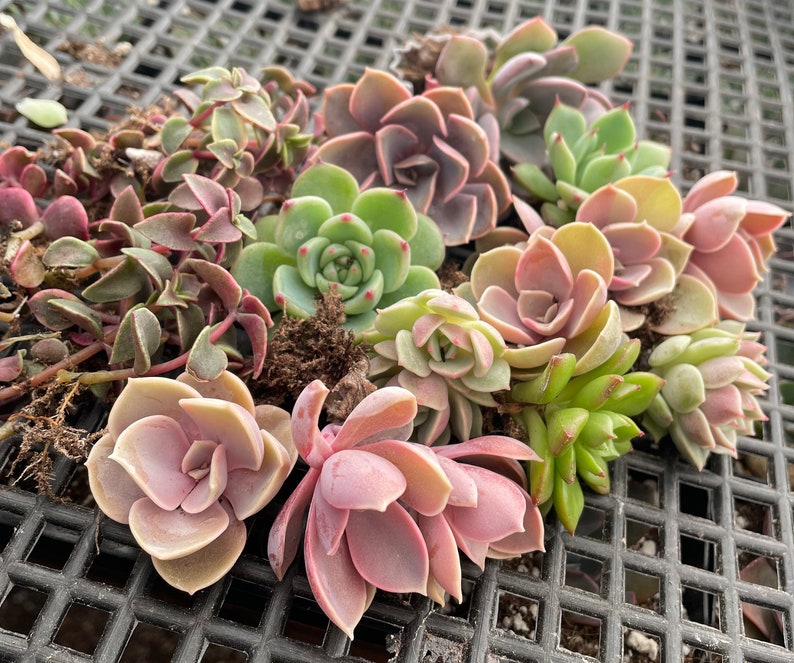Welcome to the world of succulents and driftwood, a fusion of beauty and resilience that encapsulates the splendor of nature in your very own home or garden. As we delve into the art of creating a succulent driftwood planter, we immerse ourselves into an understanding of the intricate, yet truly satisfying realm of succulent care. Gaining knowledge about their unique water and sunlight needs, the ideal soil type, and their captivating growth process will provide the essential foundation to this endeavor. Our journey also takes us through the intriguing process of sourcing and preparing driftwood, transforming it into an exquisite host for our succulents. This exploration is not just about horticulture, it’s about creating a living, breathing piece of art that continues to change and evolve.
Understanding Succulent Care
Understanding Succulent Care
Succulents are unique plants that require specific care to ensure they grow and thrive properly. One crucial aspect of their care revolves around their water needs. Unlike many plant varieties, succulents are adapted to survive in arid environments, meaning they require less water than most plants. Overwatering can lead to root rot and ultimately the death of the plant. As a general rule, it’s best to water succulents once the soil has completely dried out from the last watering.
In terms of sunlight requirements, succulents enjoy a decent amount of light. Most succulents are happiest in bright, indirect light. Some species can tolerate direct sunlight, but too much can cause scorching. To avoid this, it’s best to gradually introduce your succulent to increasing amounts of light.
You might also like: How Much Light Do Succulents Need? A Comprehensive Guide in 14 Parts
Pairing these plants with the right soil is also critical. Since they do not require a lot of water to survive, they prefer well-draining soil to avoid becoming too soggy. Special cactus or succulent soil mixes are usually the optimal choice as they contain more sand and less organic matter which makes for excellent drainage.
You might also like: Succulent Soil: Ultimate Guide & 4 DIY Recipes to Keep Your Succulents Happy and Healthy
Understanding how succulents grow can further ensure you care for them properly. Many succulents like to have their own space, and overcrowding can lead to stunted growth or spread of disease. Some types of succulents also have a dormant period where growth slows, usually in very hot or cold weather. During this time, they will require less water.
You might also like: Succulent Dormancy: 5 Easy Ways to Tell if Your Succulent is Going Dormant
When creating your succulent driftwood planter, these factors will all play a part in its success. By arranging your plants with space between them, using a well-draining soil, and ensuring they get the appropriate amount of water and light, your plants will be more likely to survive and flourish. This information on succulent care is crucial to cultivate a beautiful and hearty driftwood planter.

Sourcing and Preparing Driftwood
Finding and Selecting Suitable Driftwood
Driftwood can be found in a variety of locations, but most commonly along beaches, rivers, and lakes. When selecting driftwood for your succulent planter, look for pieces that are sturdy and not overly brittle as they will need to withstand the weight of the plants and soil. The wood should also have a unique or interesting shape, which will help in making your planter visually appealing. Do not use driftwood from saltwater locations without thoroughly desalinating it, as the salt can be harmful to the succulents.
Cleaning Driftwood
Once you have found a suitable piece of driftwood, it’s important to clean it properly to remove any potential toxins, bugs, or salt. Start by scrubbing the piece with a soft brush to get rid of any loose dirt or debris. Then, soak the driftwood in a large bucket of water for a few days, changing the water every day to help remove any residual salt or other impurities. After soaking, clean the wood with a solution of one part bleach to ten parts water. This will kill any remaining organisms on the wood which could harm your plants.
Preparing Driftwood for Planting
After the driftwood has been dried completely, it’s time to prepare it for planting. Depending on the natural shape of your driftwood, you may need to drill holes or carve out pockets for the succulents. Use a drill or a Dremel tool to hollow out the areas where you plan to plant the succulents. The holes or pockets should be deep enough to accommodate the succulent roots but not so deep that the plants will be buried. Remember to also create small drainage holes on the bottom side of the wood to prevent water from staying stagnant and causing root rot.
Treating Driftwood
Sealing and treating the driftwood is vital for the durability and longevity of your planter. Use a clear, water-based sealant to provide a moisture barrier to the wood. This will also help to prevent rot and decay over time. Remember to let the driftwood dry completely before planting.
Treating Driftwood
Following these steps will ensure that the driftwood you find becomes a beautiful and thriving succulent planter. With a bit of creativity, each piece of driftwood can be transformed into a unique piece of natural art for your home or garden.

Designing and Creating Your Driftwood Planter
Selecting the Perfect Driftwood and Succulents
Finding the right pieces of driftwood and the perfect succulents is imperative to the success of your project. Choose driftwood with intriguing shapes and a fair amount of flat or concave spots where you can secure your plants. When choosing succulents, look for plants with small roots that can easily fit within the crevices of the wood.
Preparing the Driftwood Planter
Once you’ve selected your driftwood, you’ll need to prepare it for planting. Submerge the driftwood in a sink or tub filled with water for several hours, or overnight, to help it retain moisture for the succulents and to ensure it’s clean. Let the driftwood dry thoroughly before starting your planting to enhance adhesion.
Arranging the Succulents on the Driftwood
Creating the perfect layout for your succulents is key in ensuring a balanced composition. You can pre-arrange the succulents on the driftwood before attaching them. Prioritize placing larger succulents first on the prominent flat spots, and then use or smaller varieties to fill in the gaps.
Attaching the Succulents to Driftwood
Use a waterproof adhesive to secure each succulent onto the driftwood. Prefer a clear-drying adhesive to maintain a natural, seamless appearance. Apply this to the base of your succulent before gently pressing it onto the driftwood. Push the succulent’s roots into the crevices of the wood. Hold each succulent in place for a short time to ensure it adheres properly.
Incorporation of Moss or Other Plants
In addition to succulents, you can add other elements to your driftwood planter to lend it variety. Spanish moss, air plants, ferns, or small climbing plants can create texture and fullness. Attach these elements in the same way as the succulents.
Caring for Your Driftwood Planter
Your driftwood planter will need regular care to stay fresh and thriving. Lightly mist the succulents with water once a week, and ensure the driftwood planter receives bright, indirect light. Over time, the succulents will root into the driftwood, using it as their source of nutrients.
Creating Layers and Dimensions
Adding succulents and other plants at varying heights and depths will give your planter a multidimensional look, making it visually interesting from all angles. Don’t be afraid to let some succulents hang off the edge of the driftwood for a cascading effect.
The Finishing Touches
Once your succulents and moss are securely attached, add the final touches. You can use sand, tiny pebbles, or even seashells to fill in any remaining gaps and enhance the overall aesthetic of your planter.

Long-term Maintenance of Your Driftwood Planter
Understanding Your Driftwood Planter
Your driftwood planter is a unique fixture that brings together the natural aesthetics of horticulture and sea-weathered wood. However, it does require particular care and maintenance in order to keep your succulent plants healthy and the planter looking at its best. These instructions primarily deal with key factors such as watering, fertilizing, and how to adapt and manage the growth of your plant over time.
Watering Your Succulent Driftwood Planter
Succulents, given their desert origins, do not need excessive amounts of water. Rather, the key is to water deeply but infrequently. Wait until the soil is completely dry before watering again. Depending on the climate and indoor conditions, this might mean watering only once every 2 weeks or once a month. Soak the driftwood planter thoroughly, allowing excess water to drain out. Never let the planter sit in standing water.
When you’re rooting or transplanting your succulents and cacti, use SUPERthrive to help reduce the chance of transplant shock and grow a strong root system.
Fertilizing Your Succulent Driftwood Planter
Despite their hardy nature, succulents still benefit from regular feeding. Fertilize your succulents once every month during the growing season, which is typically between spring and early fall. Use a low-balanced, water-soluble fertilizer diluted to half its normal strength. Remember, it’s better to under-fertilize than to over-fertilize. Stop feeding as the growing season ends because succulents, like many plants, rest during the winter.

Succulent fertilizer available to purchase on Etsy.
Monitoring and Replanting Your Succulent Driftwood Planter
Over time, as your plants grow, you may find that your succulents begin to outgrow the confines of your driftwood planter. In this case, it may be time to consider replanting them in a larger container. Alternatively, if the succulents are not thriving due to disease or other issues, you may need to replace them with new ones.
Adding new succulents to empty spaces in the planter can rejuvenate its look. When doing so, ensure that you choose succulents that are compatible with the ones already in your planter. Look for succulents with similar light, water, and soil preferences.
Rotate your driftwood planter every once in a while to allow all plants to get equal exposure to light. Check regularly for pests and treat any infestations immediately to prevent them from spreading.
By applying these methods, you can ensure long-term maintenance of your succulent driftwood planter, keeping it lush, vibrant, and an intriguing conversation piece for many years to come.

As we come to the end of our fascinating journey through the world of succulents and driftwood planters, it’s important to remember that the beauty of your creation relies on the ongoing relationship you develop with your driftwood planter. This includes learning the curves and crevices of your specific planter, understanding when and how to water, fertilize, and potentially add new life or replace existing ones. Through this process, we recognize that a succulent driftwood planter is more than a decoration; it’s a statement of our willingness to embrace and engage with the breathtaking subtleties of Mother Nature’s creations. May your succulent driftwood planter continue to flourish, bringing joy, curiosity, and a touch of nature into your space for many years to come.

